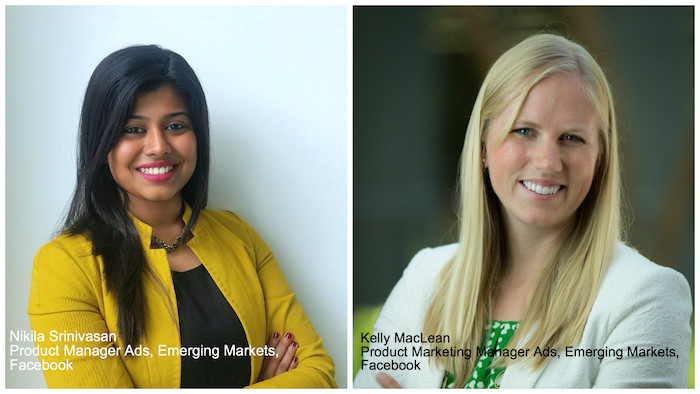One key area where Facebook has beaten most others is the focus on emerging or fast growth markets to bolster its future growth plans. Understanding the various challenges that emerging markets bring, including low bandwidth, Facebook Creative Shop set up initiatives such as the Creative Accelerator, which the company claims has brought in positive results. “I was in Saudi Arabia, and the Ramadan targeting and expat targeting programs that we carried out received unbelievable response. We are taking a Middle East-first approach, and factoring in all the partnerships that we are trying across the globe. And we have linked this with our people-first strategy,” informed Kelly MacLean, Product Marketing Manager Ads for Emerging Markets, Facebook.
According to the Q2 2015 earnings report, Facebook’s revenue totalled USD4.04 billion, an increase of 39%, compared with USD2.91 billion in the second quarter of 2014. Revenue from advertising was USD3.83 billion, a 43% increase from last year. Its international ad revenue was 52% of total ad revenue in Q2 2015 with mobile advertising revenue representing approximately 76% of advertising revenue for the first quarter of 2015. Mobile ad revenue grew 74% year over year.
With video consumption being the highest in the UAE region, Facebook has turned its focus on creating a new visual language experience though its products. Nikila Srinivasan, Product Manager Ads for Emerging Markets at Facebook explained that Facebook had upped its investment in the video product heavily. “Video is booming worldwide but in Middle East it is incredible to see the level of explosion. Globally, we observed a 75 per cent increase in the number of video posts created on Facebook but in UAE its 138 per cent, which is mind-blowing. In terms of video content consumed per person, its twice the global average. Broadly, as a company, we are accelerating our investment in video,” she said.
Facebook’s new initiatives like Buy Button or Messenger also seems to be shaping up and better enabling users to build their businesses. “Users are already building businesses through many creative ways on Facebook and promoting their content. There is a whole ecosystem that has evolved and the product team is working on how we can perfect the tools to enable people to perform better than what they are already doing. The ‘Buy Button’ and ‘Messenger’ is a broad push in that direction,” explained Ms Srinivasan.
Last year, Facebook reported that the number of video posts by small-to-medium-sized companies (SMBs) had taken a huge leap. MEA region too has seen this jump, stated Ms MacLean. “SMBs are adopting the platform very quickly. In the Middle East, we are seeing SMBs posting compelling photos of their products and then using WhatsApp Messenger as their cash-on-delivery tool. Considering the diverse MEA region, we are looking at ways for the small businesses and large businesses to connect together.”
Do the trends differ from SMBs in some of the other fast growth markets such as India or China? Mostly, its the same, according to the Facebook experience. “When you think about similarities and differences amongst SMBs in different markets, there’s an interesting pattern we see. The common trend we see across several emerging markets is the fact that people are using Facebook in ways that is teaching a lot about the platform. For example, there is a user who sells fish-cake and handbags through Facebook. She posts pictures which is seen by her friends and their friends who then communicate with her, connect with FB messenger and transact. In fact, in Thailand and Indonesia, Facebook is considered to be the primary e-commerce platform, when we are not even one. Facebook is enabling small businesses and entrepreneurs in various such ways,” observed Ms Srinivasan.
With more than 70 per cent of its revenue coming from mobile and the high consumption of video, Facebook’s Product team for the emerging markets is focusing its attention on building screen-first experience for consumers and connecting more brands and consumers through the Facebook canvas.





